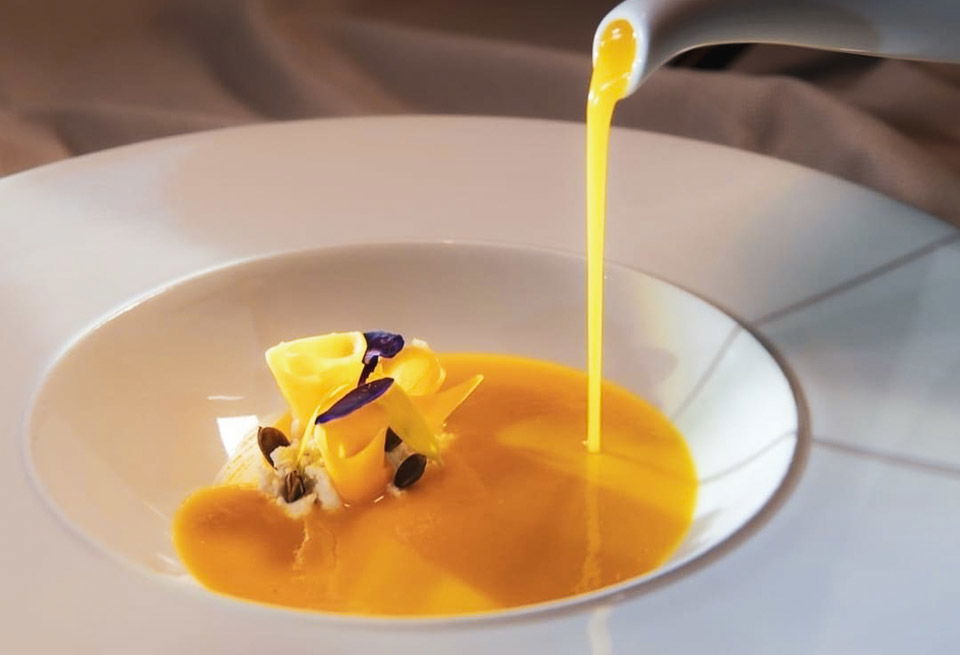
The carnival tradition in Croatia
"Fools are crazy every day, smart people only on carnival!"
Carnival, fašnik, mesopust, poklade or maškare are Croatian names that mark the Western Christian holiday season that takes place before the beginning of Lent. When we say fašnik, we usually think of public celebrations such as parades and public street parties. The roots of these customs are pre-Christian and have magical meanings. During this period, by wearing exaggerated clothes, we become someone else, and with dancing, deafening noise and sprinkling of ashes, we drive away winter and evil forces. The carnival usually lasts for several days, while in some regions it can last for weeks, but it always ends on Tuesday, before Ash Wednesday.
The tradition that carnival ends on the Tuesday before Ash Wednesday finds its roots in the 9th century, at the time of Gregory the Great when a church measure was prescribed to fast on the eve of Ash Wednesday. The Sunday preceding Ash Wednesday was called Meatless Sunday or in the original dominica carnis privii, and the people began to call it simply "carnival" (Carne Vale - goodbye meat).
Sometime in the 15th century, people replaced fasting on that day with extremely opposite behavior and customs – unlimited enjoyment of food, drink and disguise. This is where the Croatian name poklade comes from, which is derived from the old Croatian verb klasti which means "to dress up". For Shrove Tuesday, we are also familiar with the Old Zagreb term fašnik or fašenk, which came into use under Germanic influence.
Carnival in Samobor
With a tradition that lasts almost two hundred years, the Samobor carnival is one of the oldest and most important manifestations of the city of Samobor and its surroundings. The oldest known information about the Samobor fašnik is kept in the archives of the Samobor Museum. In the notes of the session of the municipal council from 1828, among other things, the request of Juraj Herdiborski for the rent of the space of the municipal hall to hold the carnival was discussed. It is the first written document about the Samobor carnival, from which it is clear that it was held a year before that (1827), and there is a high probability that the carnival was held much earlier.
At the beginning of the 20th century, the carnival tradition changed a lot. In 1906, the figure of the living Prince Fašnik was introduced into the carnival ceremony, who on Shrove Tuesday is judged by the carnival judge for all the bad things of the past year, and is punished by being burned at the stake. Fortunately, since the beginning of this tradition, a cloth and straw doll of this unfortunate man has been burned on the pyre. In the same year, the playful Prince Fašnik also brings changes during the opening ceremony of the carnival when he "takes over power" (most often from the mayor) and publishes a "proclamation". In addition to this mischievous and unhappy Prince, the other carnival characters entertain the gathered with their jokes and ironic political criticisms - the Judge, Princess Sraka and the Fiškal, whose task is to defend the Prince from condemnation, but unsuccessfully. The Samobor carnival celebrates joy and tries to forget everyday worries, and the main motive is carefreeness.
Rijeka Carnival
The Croatian coast has an extremely rich tradition of carnivals. The festival starts very early - already with the announcement on the day of the Epiphany (January 6th). We could say that the Rijeka Carnival is the "main star" of Croatian carnivals and has reached impressive proportions to this day.
An important document in the history of the Rijeka Carnival is a ban (or order) from 1449 in which the City Council prohibits the wearing of masks to prevent public criticism of the government. However, as history has shown, the Carnival managed to overcome all prohibitions and obstacles and became a holiday of joy, laughter and often witty criticism of current events.
The year 1982 is special for the Rijeka Carnival because for the first time, organized by the Rijeka Tourist Association, as many as three carnival groups - "Lako ćemo", "Pehinarski festari" and "Halubajski zvončari" - walked through the Korzo. The bell ringers are an important part of the history of the Kvarner festival, we can even say that they are its trademark. Dressed in white trousers and sailor's shirts, masked with sheepskin and girded with bells, masks of somewhat scary animals with sticking out red tongues, the bell ringers, according to the old tradition, go around the villages in large groups where they demonstrate their strength. In addition to the display of strength and honor, the Ringers enjoy the copious amounts of food and drink offered to them. The Rijeka Carnival is a gathering place for many fans of masquerade and carnival customs, regardless of whether they participate in these carnival processions or participate only as observers enjoying this lively event.
Folk dishes for the carnival
The tradition of the carnival is spread throughout the country. From continental Croatia to the entire Adriatic coast, each region has its own specifics in the preparation of food, which is eaten in abundance during the carnival.
Thus, in the homes of Zagorje, the smells of donuts and sauerkraut intertwine, which are a must on the menu on those days. In the villages, somewhat forgotten prisiljeno zelje or cabbage on pureed tomato are still prepared. The sour cabbage, seasoned with cream and cumin, was most often served with roasted potatoes. Other dishes that can be found on the carnival table are the favorite krpice sa zeljem (shredded sour cabbage with a type of pasta) and the Zagorje specialty - dry pork chin. For dessert, in addition to doughnuts, other pastries made from yeast dough are served.
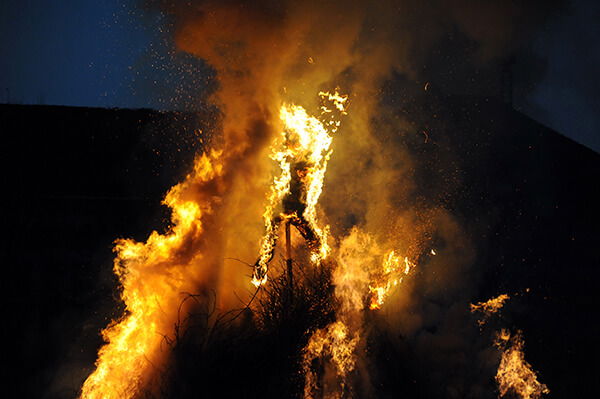
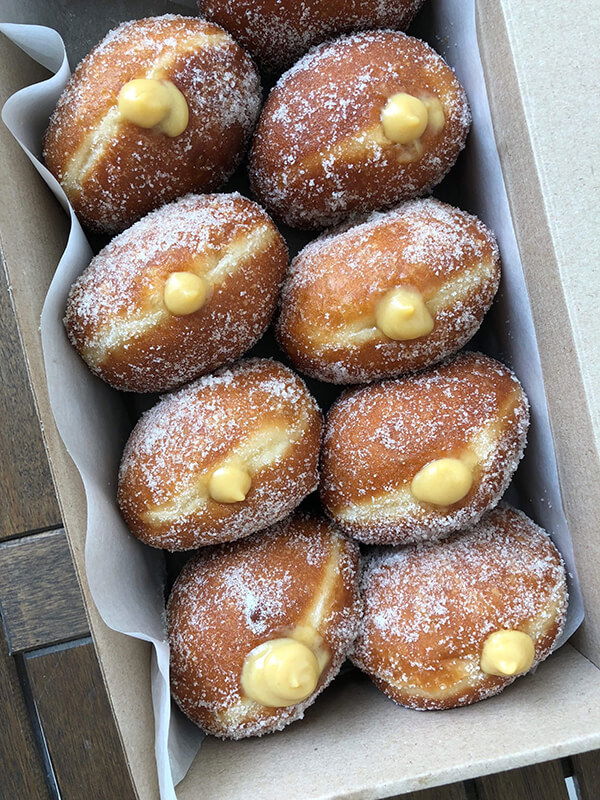
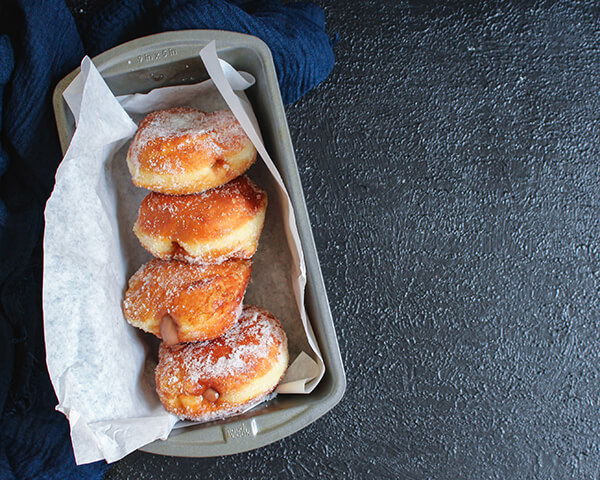
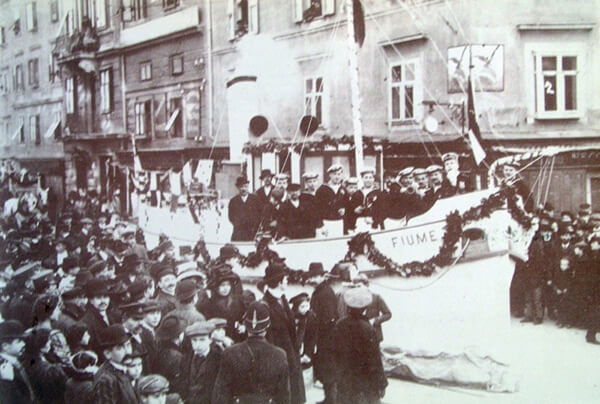
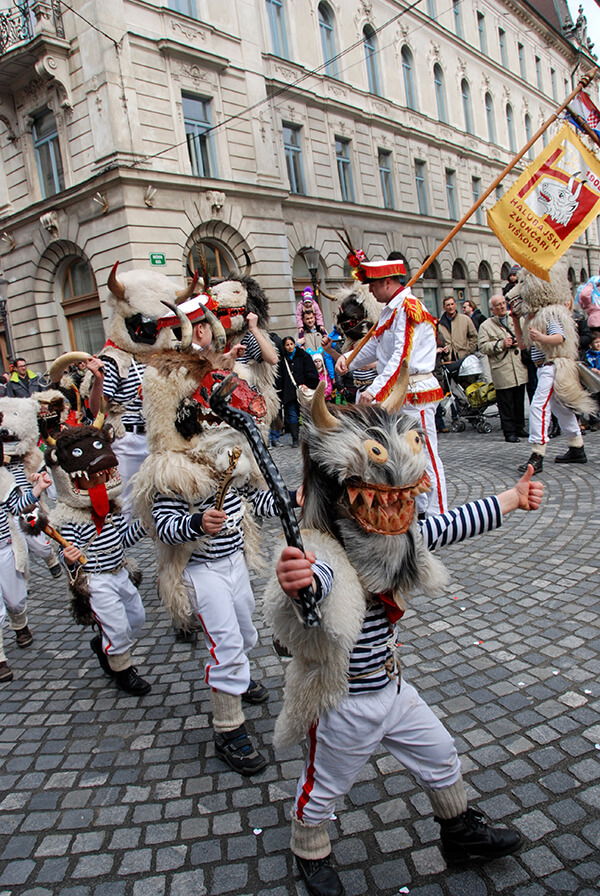
Zagreb and its surroundings is preparing sour cabbage too, polenta and beef are cooked, turkey or goose is roasted with mlinci. Of course, the indispensable donuts were served for dessert. In Samobor, the menu is quite similar to the one in Zagreb, but in addition to the already mentioned dishes, the people of Samobor feast on garlic sausages and traditional spicy mustard that has been a characteristic product of Samobor for more than two hundred years. Along with donuts, one of Samobor's favorite delicacies is also served - kremšnita. For drinks, bermet was served - an alcoholic drink that was a standard part of home production at the beginning of the 20th century. Bermet is a product made from red wine and selected fruit ingredients and herbs. Its bitterness or sweetness varies due to the method of preparation that is specific to each Samobor family that produces it.
People from Slavonia enjoy meat, sausages, čvarci and pastry with čvarci, and sweets include krofne (doughnuts filled with jam and sprinkled with powdered sugar), buns, strudels with walnuts and poppy seeds.
In Kvarner, the traditional cake from Krk - presnac, made of sheep's cheese and dough, is usually prepared during the Fašnik period. Among the famous Kvarner desserts, kroštula with almonds, carnival fanjki or langoši, šurlice made of sweet dough and chestnut cakes are served. During this time, in Dalmatia fritule and kroštule will be prepared, while wine and sweets such as rožata are enjoyed in Dubrovnik.
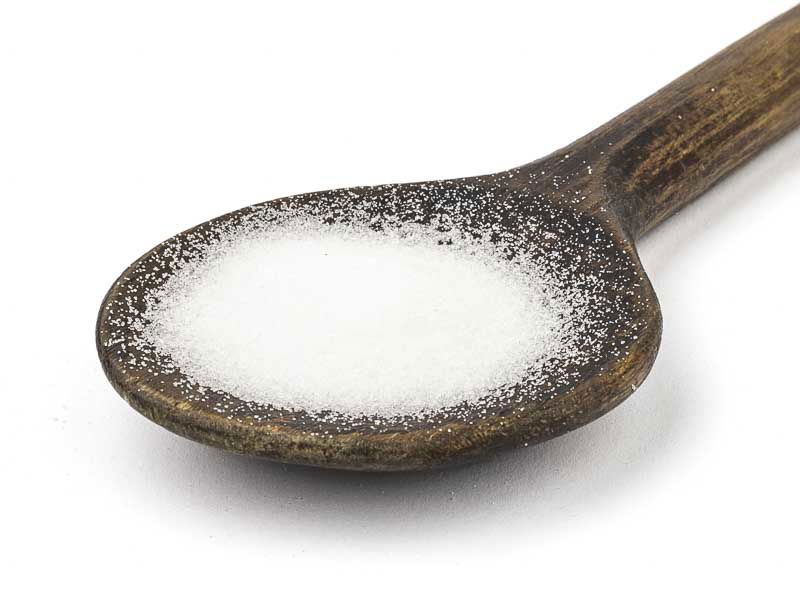
Latest Recipes
We bring you tried and tested recipes of our favorite dishes, culinary tips, and suggestions on how to best combine spices and ingredients for a complete sensory experience.
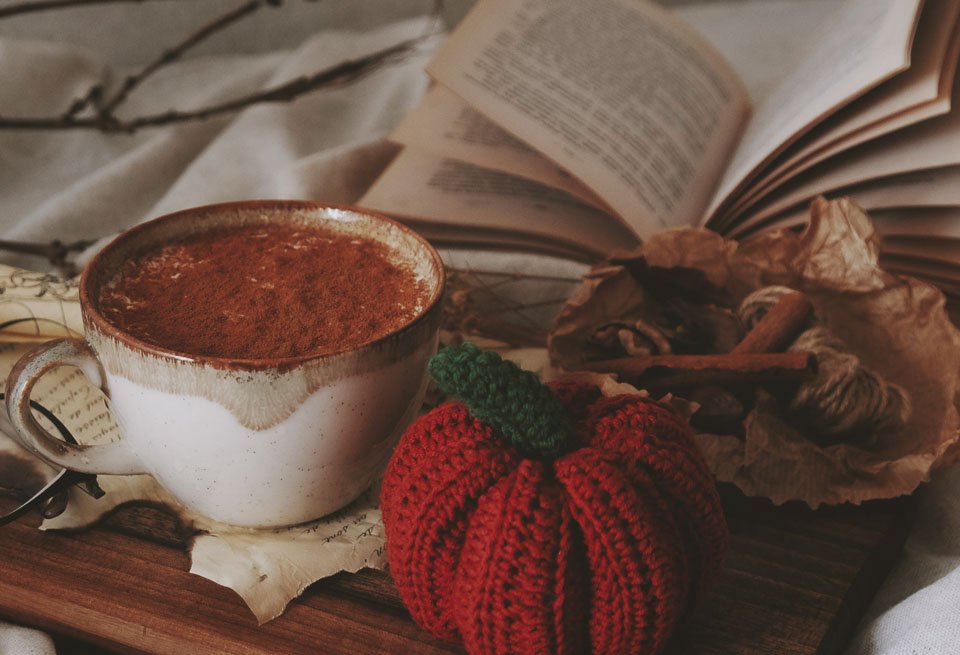
Pumpkin spice latte - The finest coffee with pumpkin flavor
Welcome the first days of autumn with the finest homemade pumpkin spice latte drink bursting with the scents and aromas of autumn.

